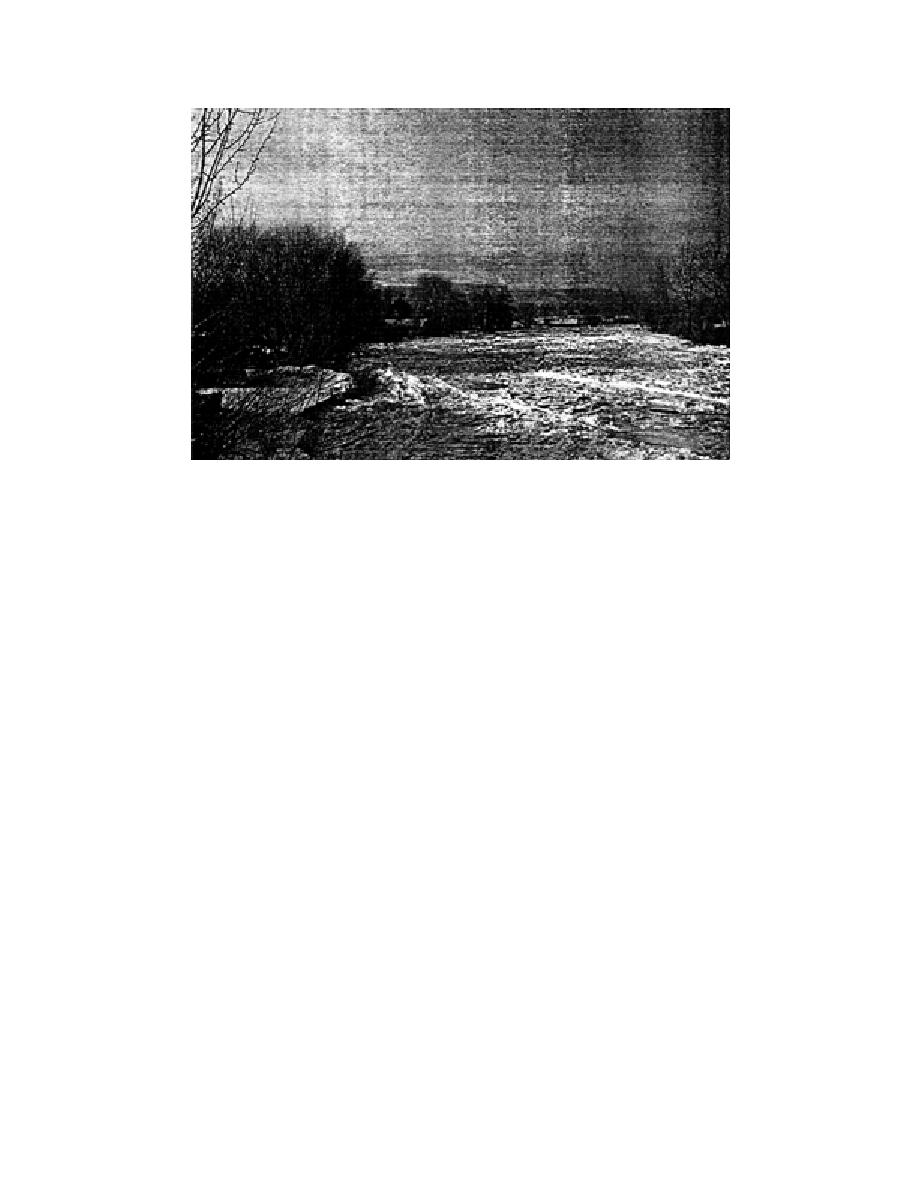
Figure 7. Freezeup jam following shoving and thickening.
turbulent areas of flow or strengthen by freeze-thickening. Pans may slow at chan-
nel constrictions or stop at downstream ice covers. Stopped and juxtaposed frazil
pans form surface jams as shown in Figure 6. With continued transport of frazil
into a reach, the length of a cover of juxtaposed ice pans may increase to the point
where downstream forces exceed the cover's strength, causing shoving, collapse,
and thickening of the cover. Figure 7 shows a freezeup jam formed by shoving and
thickening of ice. Freezeup jams may strengthen by surface freezing, which usually
causes them to be thinner than breakup jams formed at similar flow rates.
While water discharge may be steady during the formation and evolution of a
freezeup jam, flow depth, ice velocity, and jam thickness are not. With continued
frazil production, a freezeup jam may progress upstream with time, raising water
levels as it progresses. Figure 8, for example, shows the temporal variation of the
location of the upstream edge of a freezeup jam on the Salmon River in Idaho for
the winter season 199091. The jam initiated on Julian Day 61 (30 November) and
reached a maximum length of approximately 34 km (21 river miles). This freezeup
jam is an annual occurrence and consistently initiates in a deep pool at river-mile
233. The upstream progression of the freezeup jam varies from year to year and
depends on air temperature. Plotted in Figure 8 is the daily mean air temperature;
frazil ice is generated when air temperature plunges below 0C. Water depths
experience unsteady variations because of the shoving and thickening of the
freezeup jam. Indeed, field measurements show that as the jam progresses through
a reach, the water level increases by approximately 2 m.
Breakup jams occur during periods of relatively warm weather and are typified
by periods of increased runoff. The runoff results from snowmelt, rain, or ground-
water release. For these jams, water discharge usually is highly unsteady with surges
being possible owing to the failure and reformation of jams as breakup progresses
downstream. Many anecdotal accounts of the highly unsteady nature of breakup
jams have been presented (Moberley and Cameron 1929, p. 151). Moberley was the
7



 Previous Page
Previous Page
